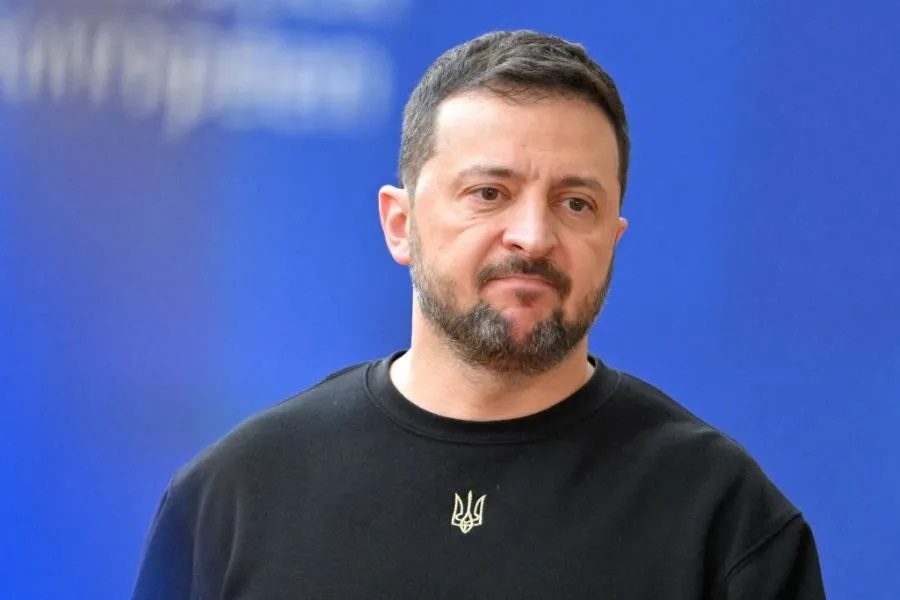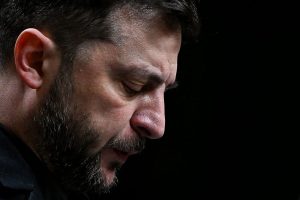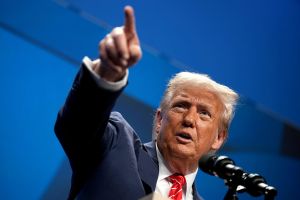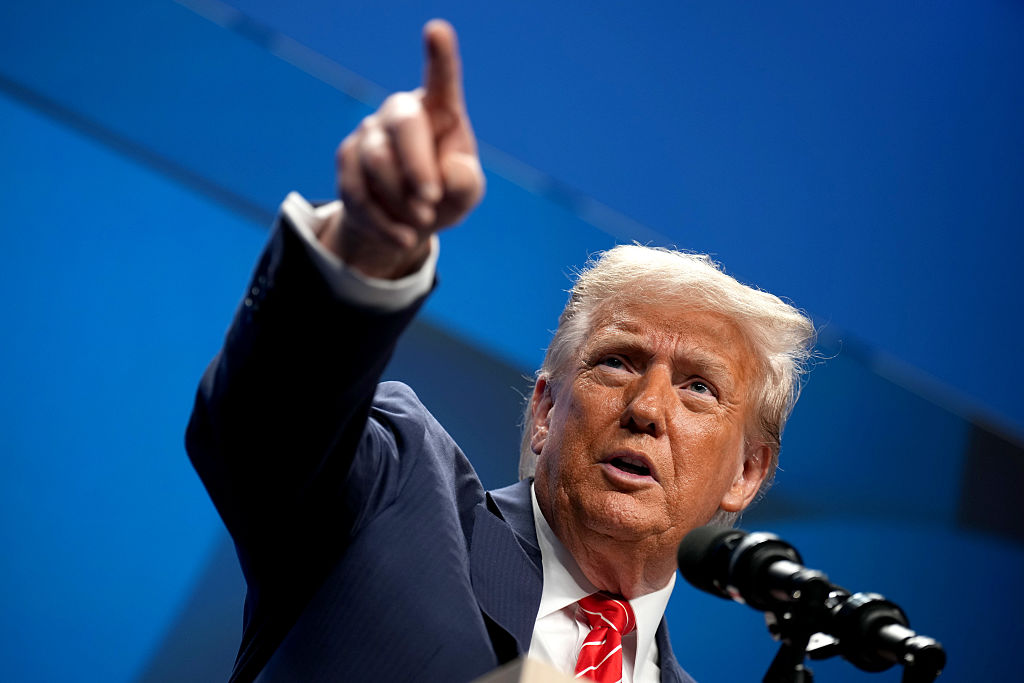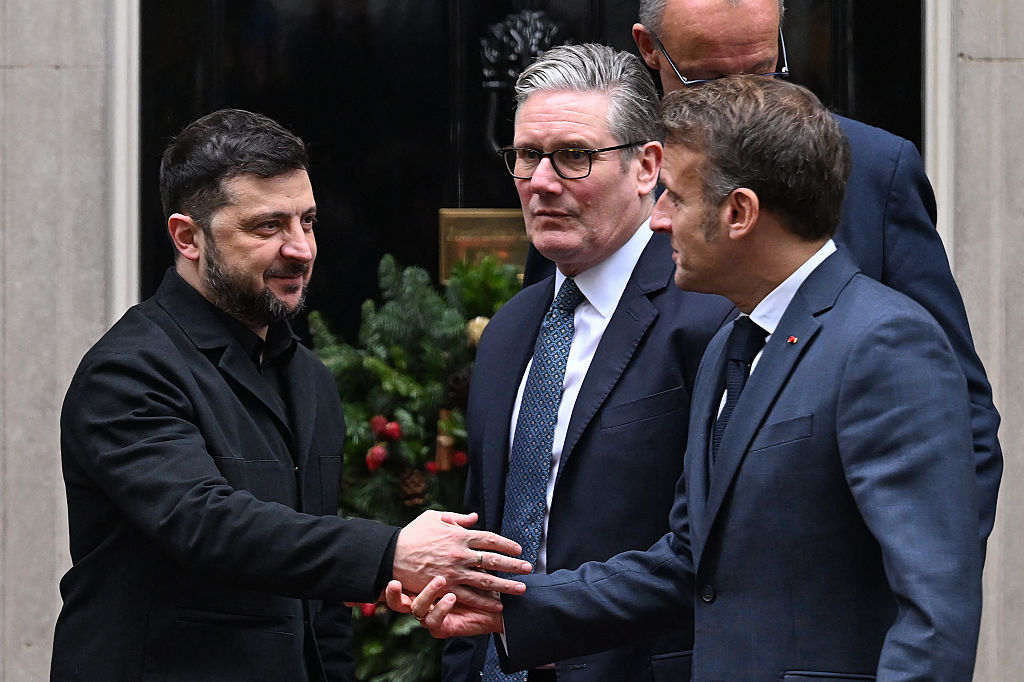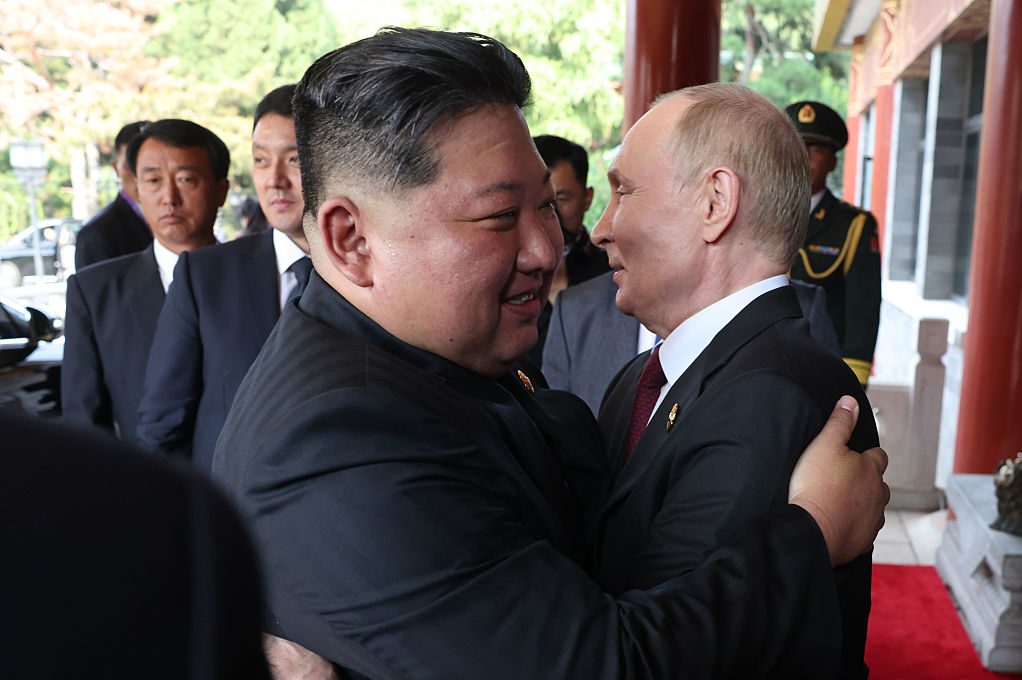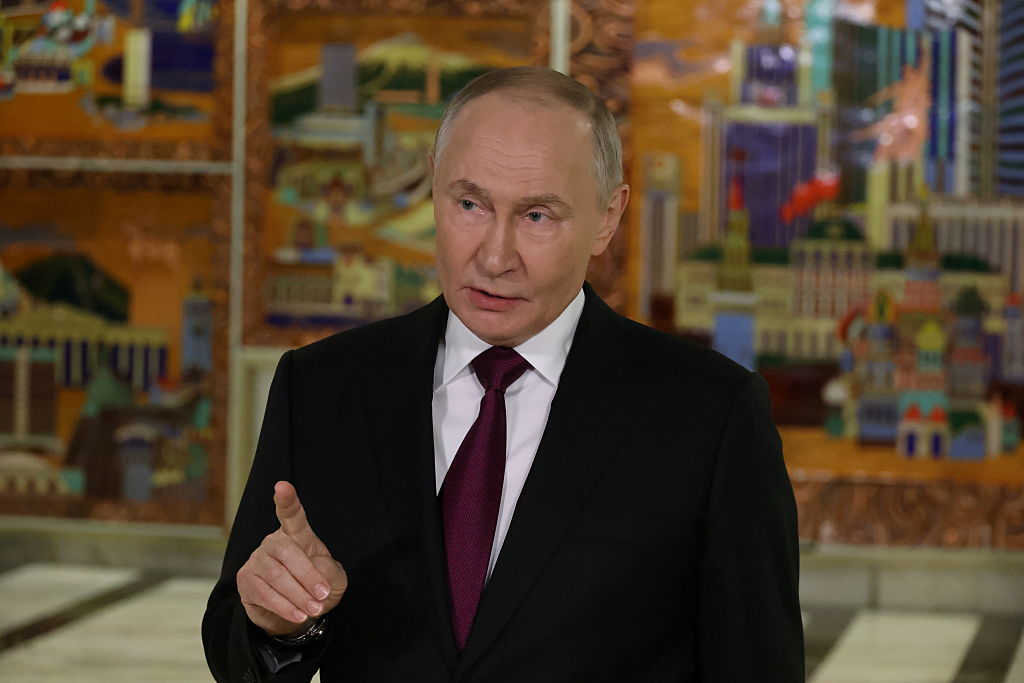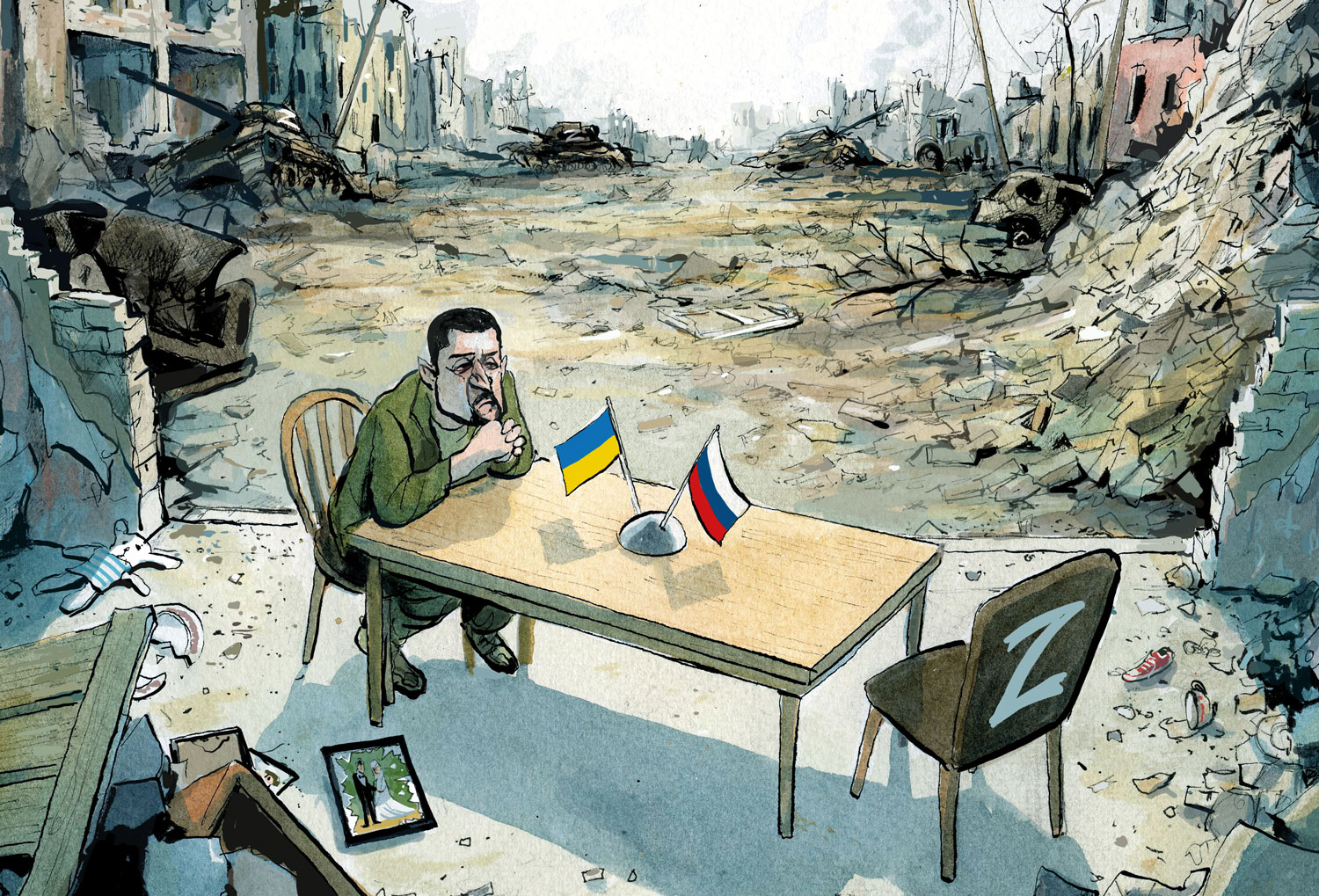After confidentially briefing it around various Western capitals, President Zelensky has unveiled — to a degree — his much-trailed “victory plan” to the Verkhovna Rada, Ukraine’s parliament. His statement on the plan came ahead of today’s meeting with the European Council.
Along with three additional secret codicils shared only with certain partners, the plan has five main points. In and of themselves, none of them are implausible, and all would certainly strengthen Ukraine’s security. However, they also embody certain assumptions that likely make them unworkable, simply because they are asking from NATO, the EU and the West in general a great deal more than they seem willing to offer.
One can wonder just how well that will go down with at least some European nations
The first is an immediate and unconditional invitation to join NATO. Zelensky is realistic enough to appreciate that actual membership will have to come later, but feels this would be a mark of resolve that would somehow change the situation. But how? Even if one assumes Ukraine already meets all the accession criteria (which some question) and that all existing NATO members agree (which is even more dubious), how does the promise of membership deter Putin? After all, he already believes Ukraine is essentially NATO’s proxy.
It may well be that NATO’s Article 5 is the only security guarantee robust enough that Kyiv can feel truly safe and Moscow truly deterred. If and when there are serious negotiations to end this war, Western powers may be forced to grant Ukraine membership as the only way to get peace. But for now, any such “unconditional” promise would seem as empty as the 2008 Bucharest summit declaration that Ukraine (and Georgia) “will become members of NATO” — without any timeline.
The second element of the plan is more military support, with the relaxation of existing constraints on their use against targets inside Russia, not least to allow further operations outside Ukraine’s borders. He also envisages joint operations with Western partners to shoot down Russian drones and missiles (something former NATO secretary-general Jens Stoltenberg ruled out in July).
So much, so familiar. The third part of the plan, however, is still the most unclear: deterring and containing future Russian aggression through a “non-nuclear strategic deterrent package deployed on Ukrainian soil.” He told the Rada that it would force Russia “into diplomacy or leaves … to the loss of its war machine.”
Quite what this means has not been publicly announced, but presumably, over and above the strengthening of Ukraine’s forces, it means a substantial expansion of their long-range strike capabilities, with ground- and air-launched precision-guided systems. To deliver a genuinely strategic effect rather than a tactical or operational one — in other words, to be war-winning — then, that implies an impact an order of magnitude greater than that so far conceived.
Beyond that, the fourth element is that the USA along with other partners, “including the European Union, of which Ukraine will be a part” — he almost slips that last bit in, and it’s fair to say that many existing members will have something to say about it — will agree not only to maintain the current economic war on Russia, but also to invest in and protect Ukraine’s critical national resources. Again, here, the devil is in the details. Does this mean simply providing money to develop and fortify factories and mines, or foreign air defense systems sitting on Ukrainian soil?
Finally, presumably as an intended quid pro quo, Zelensky notes that after the war, “Ukraine will have one of the most experienced and sizable military forces,” with real, deep combat experience. He is offering that they could replace some US military deployments in Europe. One can presume that’s meant to be a sop to Washington — so that it can transfer more of its attention to the Pacific theater — but one can wonder just how well that will go down with at least some European nations.
Zelensky presents this as a “bridge” to peace negotiations, but peace through strength by ensuring “that the madmen in the Kremlin will lose the ability to continue the war.” There is a flat rejection of the kind of deal trading territory for peace that, behind closed doors, is increasingly being discussed in the West. Instead, frankly, it is a challenge — not to Moscow but to Ukraine’s own allies. “This plan can be implemented,” Zelensky told the Ukrainian parliament. “It depends on the partners… it certainly does not depend on Russia.”
Well, maybe, although in war the enemy always gets a vote in practice. (And if, as Zelensky claims, “Putin is insane and only wants war,” then the corollary of that rather sweeping statement would seem to be that no deterrence can ever be enough.) More to the point, it does indeed depend on the partners. Zelensky wants unconditional guarantees of NATO and EU membership, he wants more and better weapons without any constraints on their use, he wants investment in Ukraine’s defense industries and national resources, and he wants a “strategic deterrent package” — whatever that may be — that would presumably be largely delivered by NATO and would thus be considered by Putin as the expansion of hostile Western security architecture.
This may well be what Ukraine needs, and Zelensky certainly doesn’t lack for chutzpah in presenting such an extensive shopping list. It is hard to see that Ukraine will get it, though. Expect warm words, ringing declarations, token one-off weapons deliveries, and promises of detailed consultations instead.
This article was originally published on The Spectator’s UK website.



